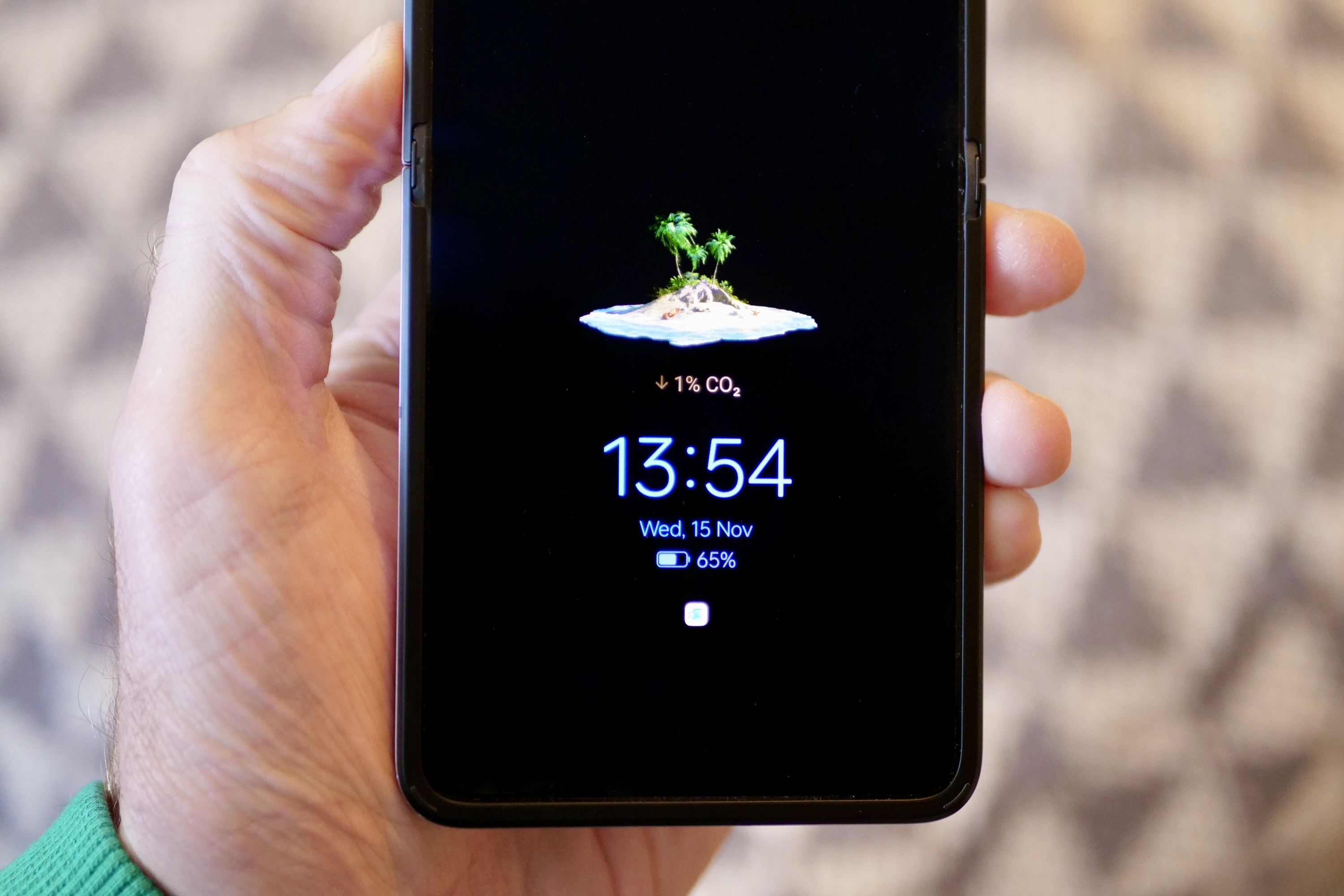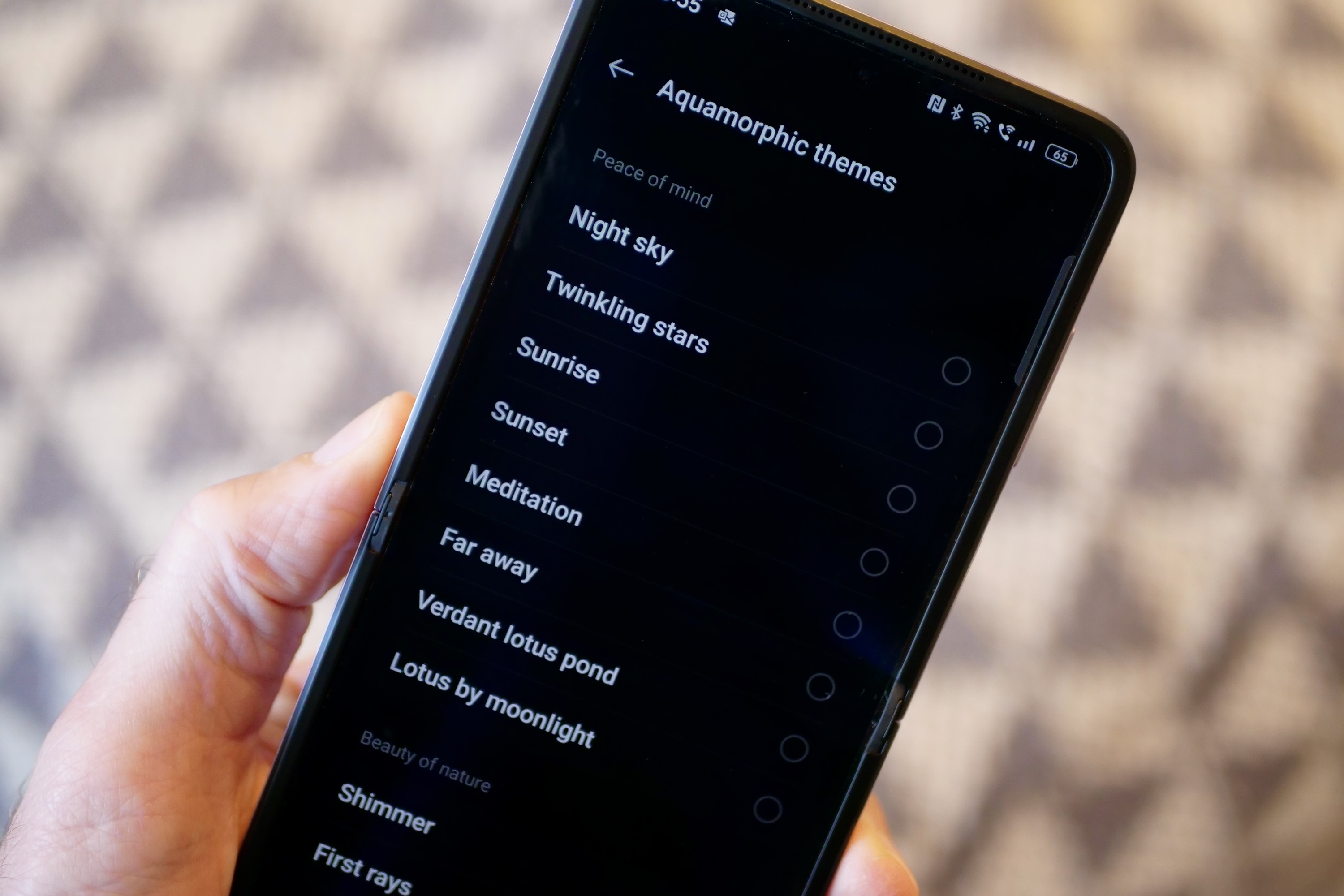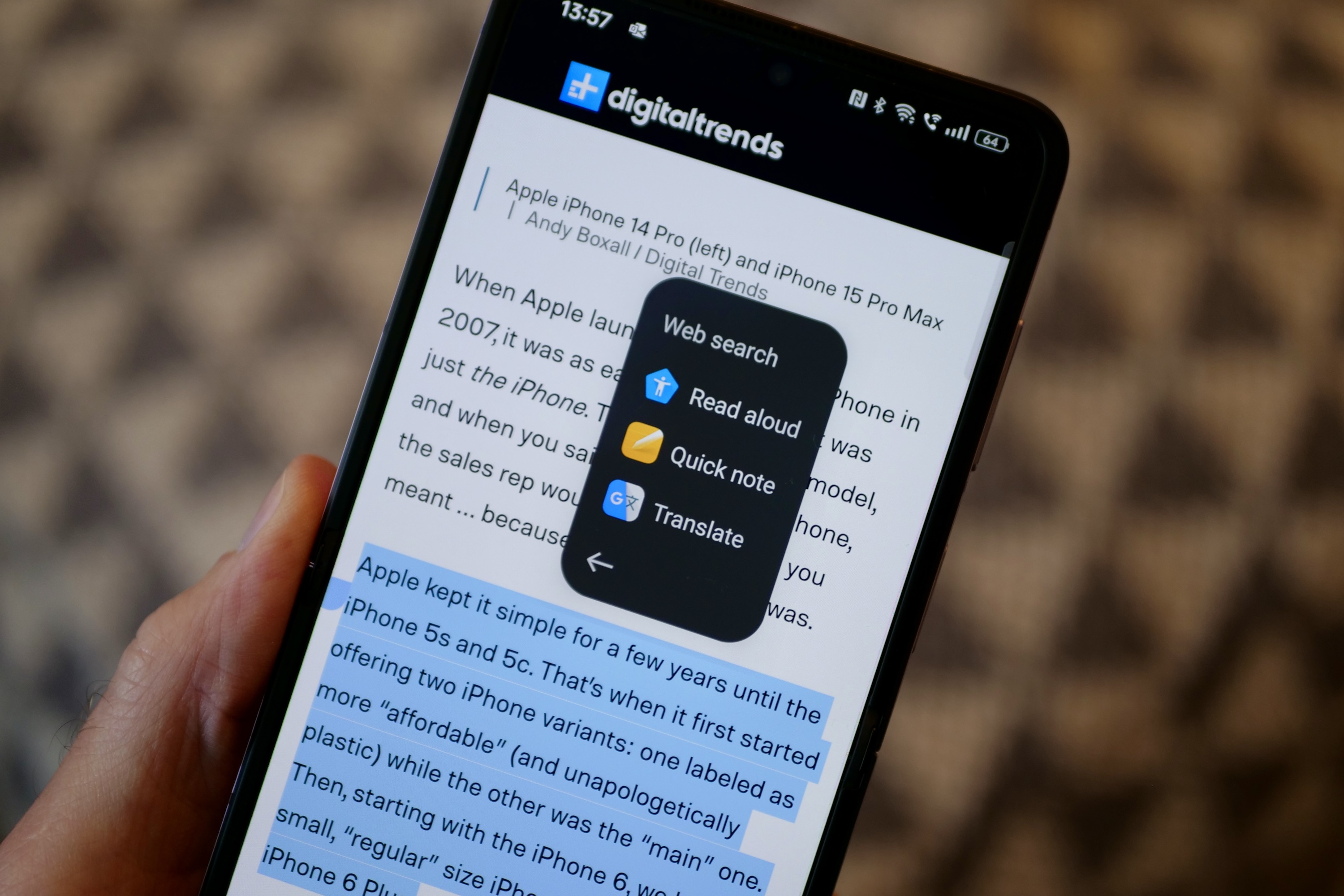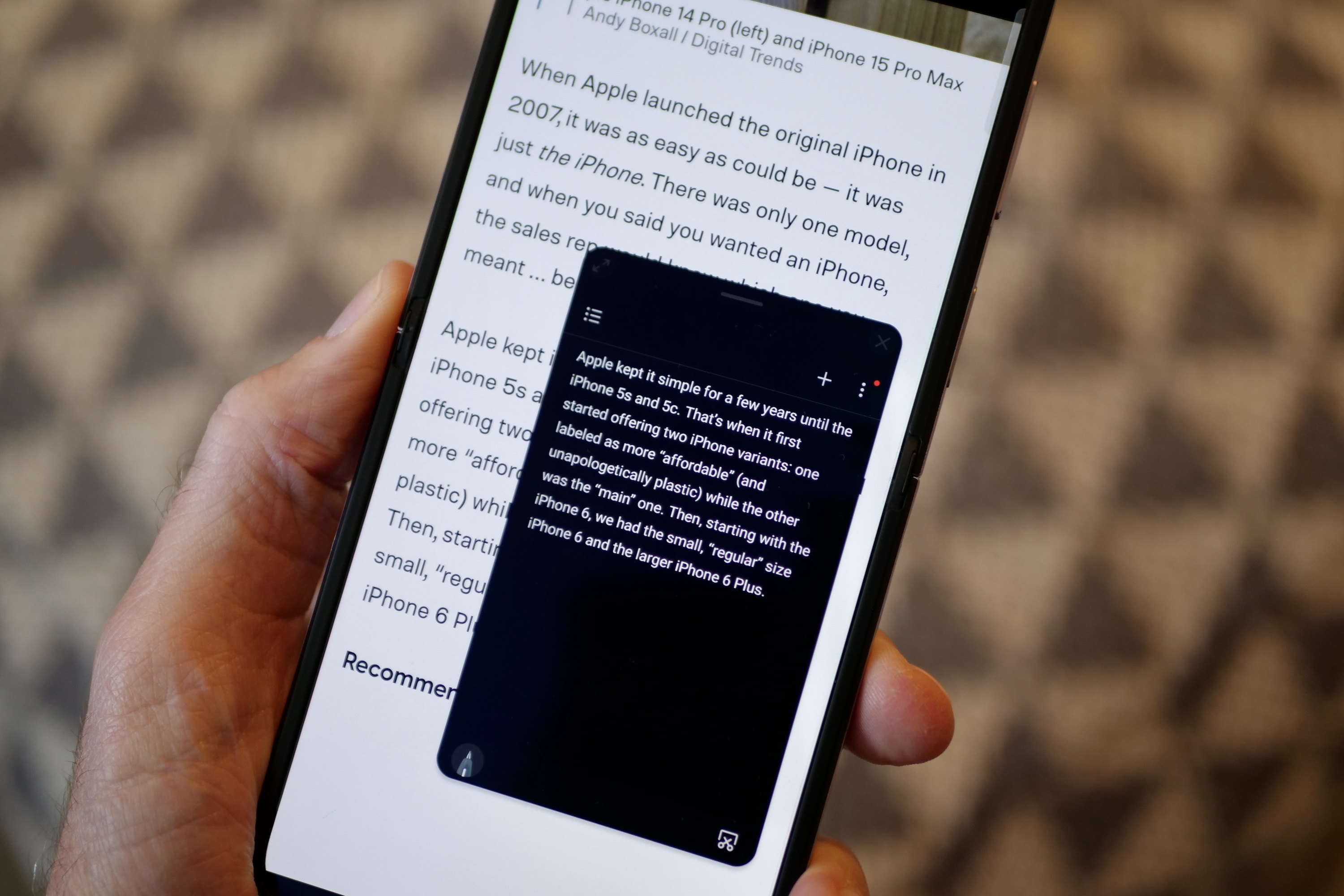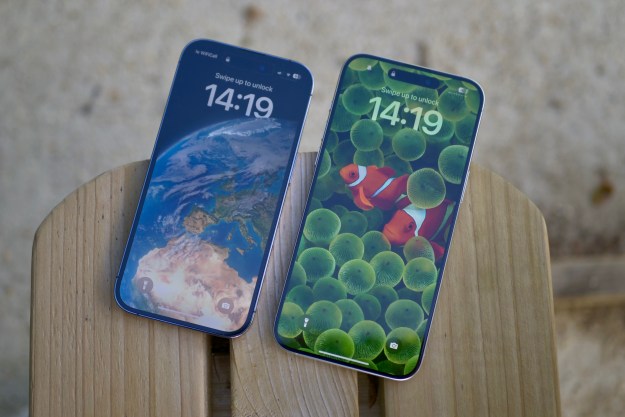
Software updates, the lifeblood of our phones, are a confusing mess — and we need to let manufacturers know there’s a problem. Those are bold words for a seemingly boring aspect of our phones, but it’s true.
We absolutely need updates regularly delivered to our phones, but we don’t need questionable features so they become “newsworthy” events, and updates need to be better presented to the people actually using the device itself.
Marketing is taking over
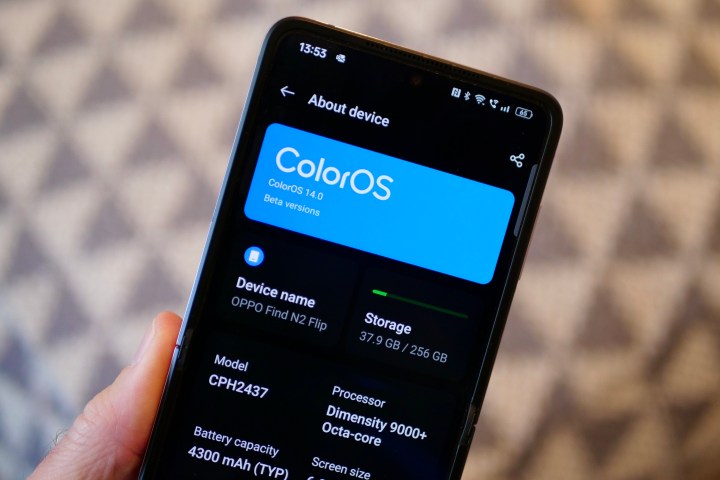
I’ve been using Android 14 on the Oppo Find N2 Flip with the company’s new ColorOS 14 interface, and honestly, it doesn’t look or feel all that different from ColorOS 13 over Android 13. It’s not the first time I’ve settled down to use a “new” version of an existing platform and wondered what the fuss was about, and it’s certainly not a situation unique to Oppo. It just happens to be a timely example of what’s happening.
What’s new in ColorOS 14? There are some new colors and ringtones, a new always-on display, a fresh way of creating a file in Notes, and some performance tweaks. These are given flashy names like Trinity Engine, Aqua Dynamics, and Aquamorphic Sound Style. Otherwise, there are little differences in layout, fonts, and design, but the key word is differences, not improvements. Under this is Google’s core Android 14 experience, which builds on changes introduced in Android 12 and Android 13, and you need an intimate knowledge of those two versions to spot the changes.
ColorOS 14 has been very reliable on the Find N2 Flip, the ringtones sound very good, and overall performance has been great. It’s what a software update should be — fast and smooth, no obvious bugs, and seamless in its integration — but I’ve struggled to find any meaningful alterations that affect my day-to-day use, and outside of the lengthy download and installation process, I probably wouldn’t have been aware the software had changed at all if I didn’t already know it was happening. This is exasperated by the OS not introducing features or alterations in any obvious way, so the average person probably wouldn’t know what’s new either.
Smartphone updates are essential
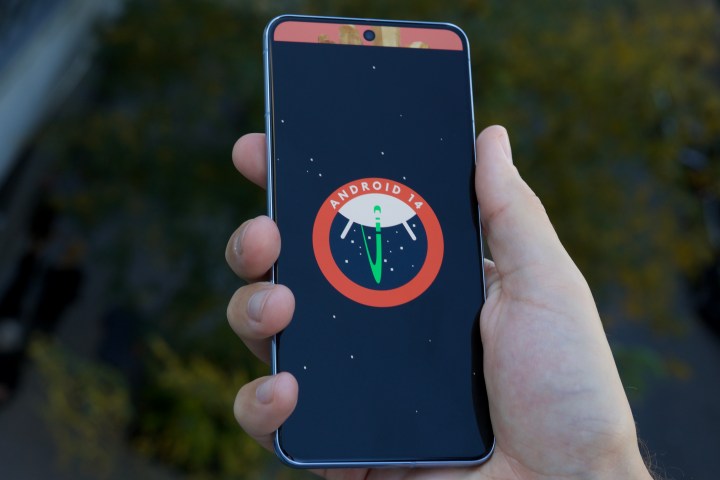
Don’t get me wrong, I’m very pleased Oppo has pushed to get Android 14 out before the end of the year with an updated user interface and that it works so well. Providing timely updates is essential and a sign manufacturers take device security and long-term ownership seriously. Software updates must happen, and we’ve worked for years to make manufacturers pay attention to them.
Recently, though, as software matures and big changes are less likely to happen on an annual basis, these updates seem to have been handed over to marketing teams, where any and all releases are given a level of fanfare that suggests it’s something to be applauded. It’s understandable, but behind this seems to be a push to add more to the software, just so it can be hyped up. Worse, the way updates are presented to the person on the street who owns the relevant phone, but doesn’t have access to the press release, is substandard.
There’s usually nothing at all on the phone telling you about it. The lack of engagement for the end user suggests the update isn’t that important, and the intention is only to get the media talking about the update and, therefore, promoting the company. There has also been a worrying trend this year where software updates are announced and released with missing features, like Double Tap in Apple’s watchOS 10 and various photo tools on the new Google Pixel 8 and Google Pixel 8 Pro. This is a slightly different problem, but it can amount to the same confusion or rightful ambivalence toward software updates and features from those not in the industry.
Some companies do it well
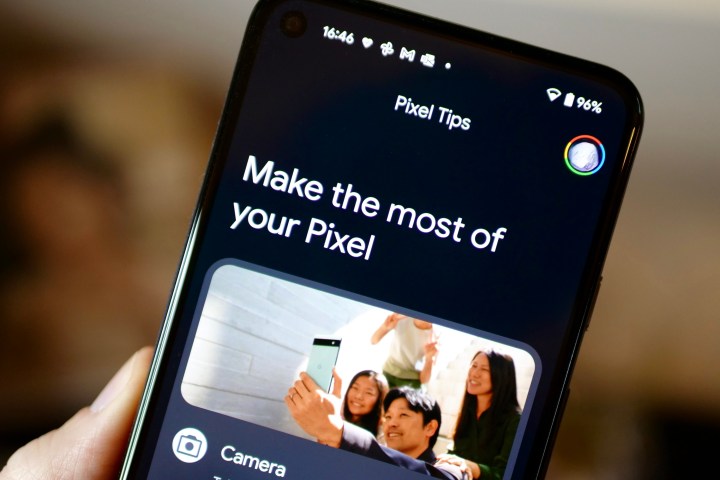
I get that it’s important to show updates are happening. New features can attract people to a product, announcements often need to be timed with events, and promotional activities help fund development. I’m also aware I see more updates because I use multiple devices, but that also allows me to recognize there needs to be some serious changes to the way software updates are handled so they become more relevant, interesting, and actionable to more people.
Are any companies presenting software updates properly to regular people? Nothing does it quite well. When a software update arrives on the Nothing Phone 1 or Nothing Phone 2, there’s a clear list of the changes right there before your download. It’s short and succinct, and I like the fun emojis that make it glanceable and friendly. To introduce Nothing OS 2.5, it presented the changes in a four-minute segment in a YouTube video for everyone to see. You could conceivably try it out on your own phone as you watch.
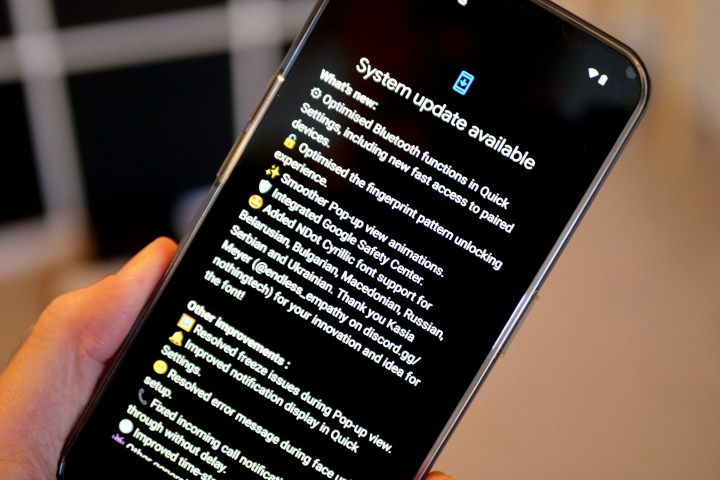
Google’s Android feature drops aren’t always that exciting, but I like the way it presents the updates on a single webpage, with links to required apps and examples of how the features work. By contrast, Apple’s iOS 17 page looks great, but it’s incredibly information-dense and not all that interactive, while Samsung’s information on One UI 5 is a giant wall of text and not engaging at all.
Going through these sites makes me think that if the features and changes are so difficult to present legibly and almost never explained on the device itself, does that mean the update is overly complicated due to a need to appear as if everything is new and different when it’s really not? Even important updates aren’t always treated well. Android 14 and OneUI 6 arrived on my Galaxy S23 Ultra when I was writing this article, and although I was pleased to see a long list of the changes on the update page, there was no further introduction once you’d updated and restarted the phone, despite some fairly big alterations.
Why this is a problem
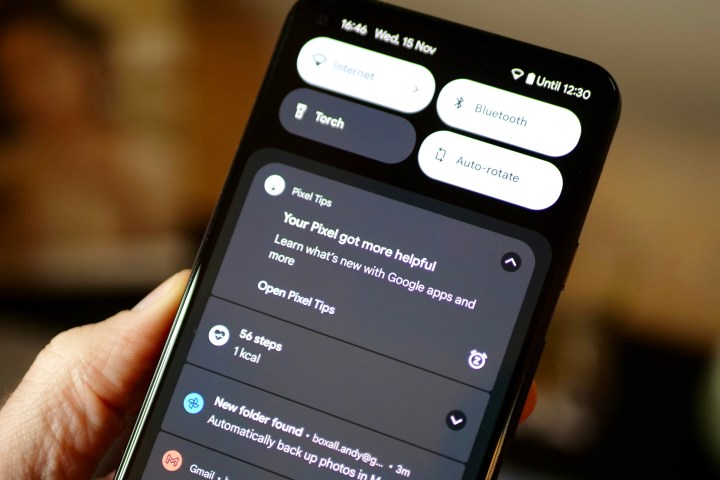
Software updates are an essential part of our phones; we should know what they contain, and they need to be tested by the media and beta testers to ensure bugs are spotted and squashed. It’s important to assess them before they reach phones owned by the public. We are also in a far better position today than a decade ago, when updates were considered an option, and phones with out-of-date software were common.
But they remain a confusing and difficult problem. Software updates now sometimes arrive with only general or basic visible changes and little explanation, but are promoted anyway. There’s an aversion to simply delivering an update if the alterations are all under the skin. The current approach lessens the importance of updates, and they end up being ignored or confusing to people who aren’t deeply connected to the tech world or device ecosystem.
I’m not alone or the first to recognize this is an issue. A Kaspersky report showed statistics where 77% of respondents wanted silent updates in the background, and 69% wanted clearer explanations about what had changed after installation. Now that manufacturers are committing to more software updates for longer periods of time, it’s becoming even more important to address these concerns.
What can be done?

What’s the solution? Perhaps manufacturers should look at one or two main updates per year, with all the new features planned inside it, big and small. The more frequent essential, but boring updates should probably arrive silently. Everything needs an explainer, and large updates need a how-to guide. Updates can be a promo-worthy event if they are treated correctly.
Apple ties its main updates to the arrival of a new iPhone, which gives the new software importance and relevance and helps demonstrate new features, too. Google’s “Make the most …” introduction that is present on updated Pixel phones shouldn’t be the outlier — it should be the standard. When OneUI 6 and Android 14 arrived there was a long list of changes on the update page, but this won’t appeal to people with limited time or understanding of the system. The fact that software updates — and the way they are delivered and explained — vary so much across all devices only highlights that the system needs streamlining and improving.
We should all care about software updates, and that includes manufacturers. But we don’t need to be artificially forced to pay attention just because one is arriving. If there’s something worth telling the end user about, make it clear on the phone what’s new. If there isn’t, just send it through — there’s no need to embellish it. The old way of ignoring the need for software updates took time and effort to change, but the shift to heavily promoting, but not thoroughly explaining updates also needs addressing before everyone stops caring about — and possibly ignoring — software updates entirely.
Editors' Recommendations
- There’s a big problem with the iPhone’s Photos app
- iOS 18 could make my iPhone look like Android, and I hate it
- Google just announced 8 big Android updates. Here’s what’s new
- The best iPhone and Android apps for Black History Month 2024
- Google is launching a powerful new AI app for your Android phone

